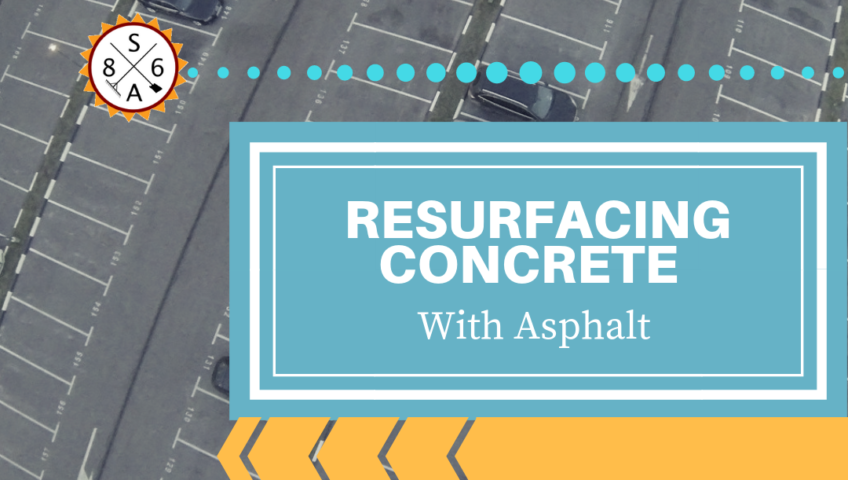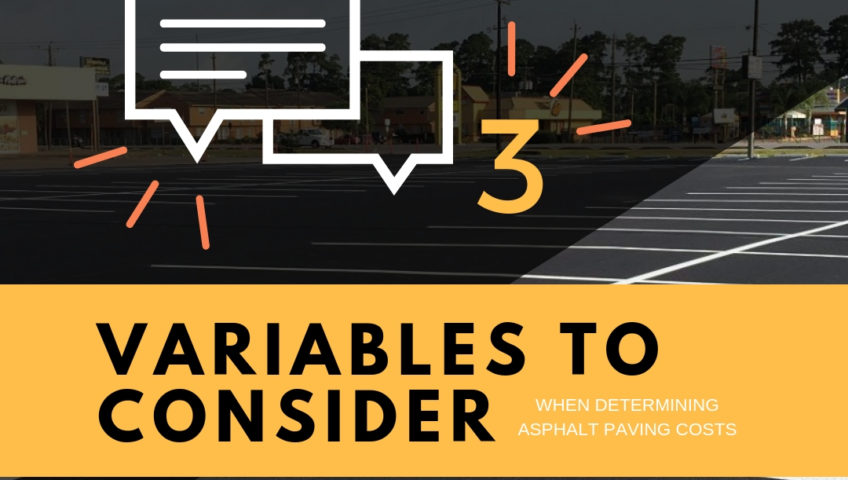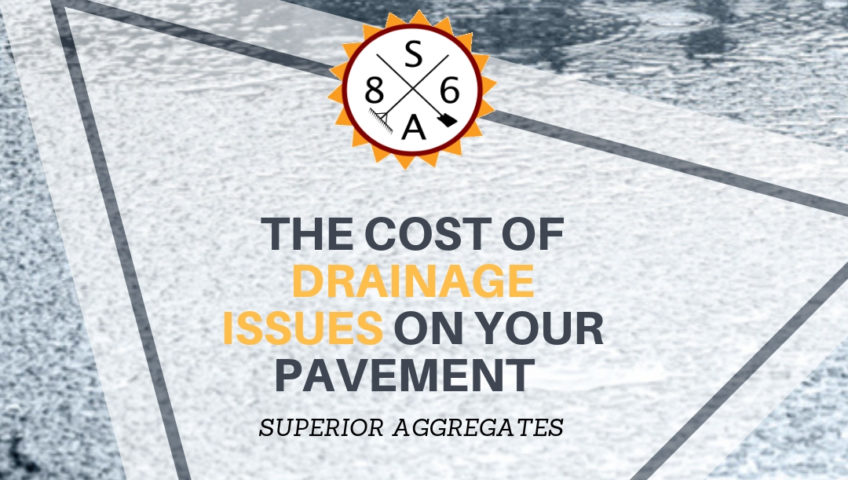
How to budget for your parking lot updates in 2019
Parking lot management may not be too involved, but smart owners create a strategic plan for preventative maintenance and upkeep at the start of every year. If you want to take a proactive approach to your parking lot budget, consider these tips when determining your budget for parking lot updates in 2019. Utilizing a trusted partner in this process can cut down the time commitment on your part, and leave you with the bandwidth to concentrate on the immediate needs of your business.
Where is your pavement in the useful life cycle?
Pavement does not last forever and requires regular upkeep and maintenance. Whether your parking lot is need of sealing, patching, or it’s time for replacement, it’s important to approach this upkeep in a proactive manner. In addition to having an adequate amount of funds available, it is also important to remain proactive in order to minimize disruption to your cash flow as repairs and maintenance are conducted. Undergoing an inspection is an effective way to determine the most impactful update projects while scheduling them when the downtime will cause the least possible impact on your cash flow.
Is preventative maintenance and upkeep a part of your 2019 budget? It should be.
The physical condition of your parking lot is the foundation of your business, and including the upkeep of your lot in your 2019 budget is essential. In addition to regular maintenance it is key to have reserves in place should the need for a major refurbishment or repair arise. Without a proper budget, you may be left scrambling in the event of an unseen event or emergency. Don’t let this happen to you! Proper maintenance and regular updates can prevent future issues that grow more expensive with neglect. By adding such line items to your 2019 budget you will be ahead of the curve and in a much stronger position if an unexpected repair need arises at your parking lot.
Determine your top 3 goals or “must-dos” to increase your customers’ parking experience in 2019
The start of 2019 is a perfect time to review your goals for the year and put them into action. Whether it is reconfiguring the lot to maximize space, or updating payment options for your customers, this is the right time to put those plans in place. When you budget and plan for future improvements your parking lot is much less likely to experience downturns and dips in revenue caused by being off-line. Tackling these top 3 goals for 2019 with a schedule that includes a budget for the necessary funds can help you to avoid damage and repair in the future.
Create ongoing relationships with a trusted partner in order to maximize results
The day-to-day running and management of your parking lot holdings can take up a lot of your time, and bringing in a trusted partner can yield positive results. With the right partner, you can focus on the business aspects of your parking lot and leave the budgeting and planning to a specialist. Thinking that you don’t have enough time to properly plan and budget for updates to your lot can lead to a lot of avoidable trouble down the road.
Make 2019 the year that you implement proper budgeting and maintenance plans for your parking lot. Proper maintenance, repair, and updates can help you to maximize profits while minimizing downtime and unexpected expenses!
Parking lot management may not be too involved, but smart owners create a strategic plan for preventative maintenance and upkeep at the start of every year. If you want to take a proactive approach to your parking lot budget, consider these tips when determining your budget for parking lot updates in 2019. Utilizing a trusted partner in this process can cut down the time commitment on your part, and leave you with the bandwidth to concentrate on the immediate needs of your business.
Where is your pavement in the useful life cycle?
Pavement does not last forever and requires regular upkeep and maintenance. Whether your parking lot is need of sealing, patching, or it’s time for replacement, it’s important to approach this upkeep in a proactive manner. In addition to having an adequate amount of funds available, it is also important to remain proactive in order to minimize disruption to your cash flow as repairs and maintenance are conducted. Undergoing an inspection is an effective way to determine the most impactful update projects while scheduling them when the downtime will cause the least possible impact on your cash flow.
Is preventative maintenance and upkeep a part of your 2019 budget? It should be.
The physical condition of your parking lot is the foundation of your business, and including the upkeep of your lot in your 2019 budget is essential. In addition to regular maintenance it is key to have reserves in place should the need for a major refurbishment or repair arise. Without a proper budget, you may be left scrambling in the event of an unseen event or emergency. Don’t let this happen to you! Proper maintenance and regular updates can prevent future issues that grow more expensive with neglect. By adding such line items to your 2019 budget you will be ahead of the curve and in a much stronger position if an unexpected repair need arises at your parking lot.
Determine your top 3 goals or “must-dos” to increase your customers’ parking experience in 2019
The start of 2019 is a perfect time to review your goals for the year and put them into action. Whether it is reconfiguring the lot to maximize space, or updating payment options for your customers, this is the right time to put those plans in place. When you budget and plan for future improvements your parking lot is much less likely to experience downturns and dips in revenue caused by being off-line. Tackling these top 3 goals for 2019 with a schedule that includes a budget for the necessary funds can help you to avoid damage and repair in the future.
Create ongoing relationships with a trusted partner in order to maximize results
The day-to-day running and management of your parking lot holdings can take up a lot of your time, and bringing in a trusted partner can yield positive results. With the right partner, you can focus on the business aspects of your parking lot and leave the budgeting and planning to a specialist. Thinking that you don’t have enough time to properly plan and budget for updates to your lot can lead to a lot of avoidable trouble down the road.
Make 2019 the year that you implement proper budgeting and maintenance plans for your parking lot. Proper maintenance, repair, and updates can help you to maximize profits while minimizing downtime and unexpected expenses!




